Southern Arizona’s Empire Ranch began as a small homestead. The Empire Ranch headquarters grew large enough over the passing decades to attract the attention of corporate owners. Eventually, it became a gem in the crowning glory of Las Cienegas National Conservation Area. Join us as we wander and explore Empire Ranch’s rich past.
Disclosure: This post contains Affiliate links.
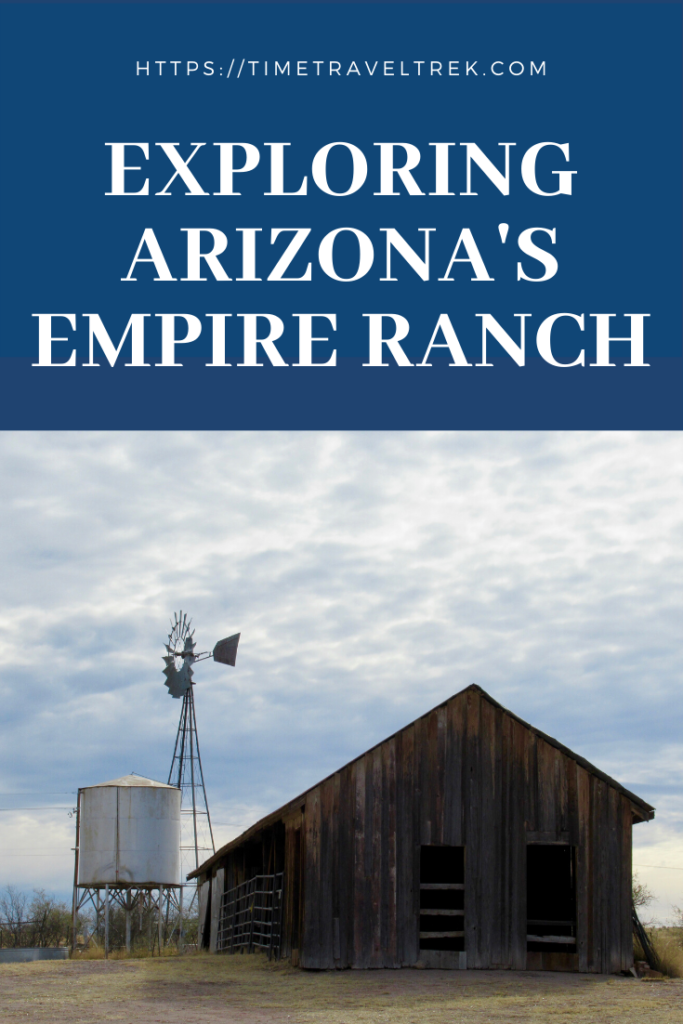
Table of Contents
Setting Up for a Trip Back in Time
We drove straight past the road leading to the ranch headquarters on our way into Las Cienegas National Conservation Area. Heading right at the T-junction on the now dirt road, we slowly bounced our way through a dry wash and past BLM contractors in heavy machinery bulldozing invasive mesquite in an attempt to re-establish once vast, open grasslands.
A short distance ahead a sign marked the entrance into Cieneguita Camp Area – a free BLM camping area with six large sites. Without further ado, we took site number four, quickly set up, unloaded the motorbike and headed back for an afternoon discovering how this empire grew up from the grasslands and came to be listed on the National Register of Historic Places in the United States.
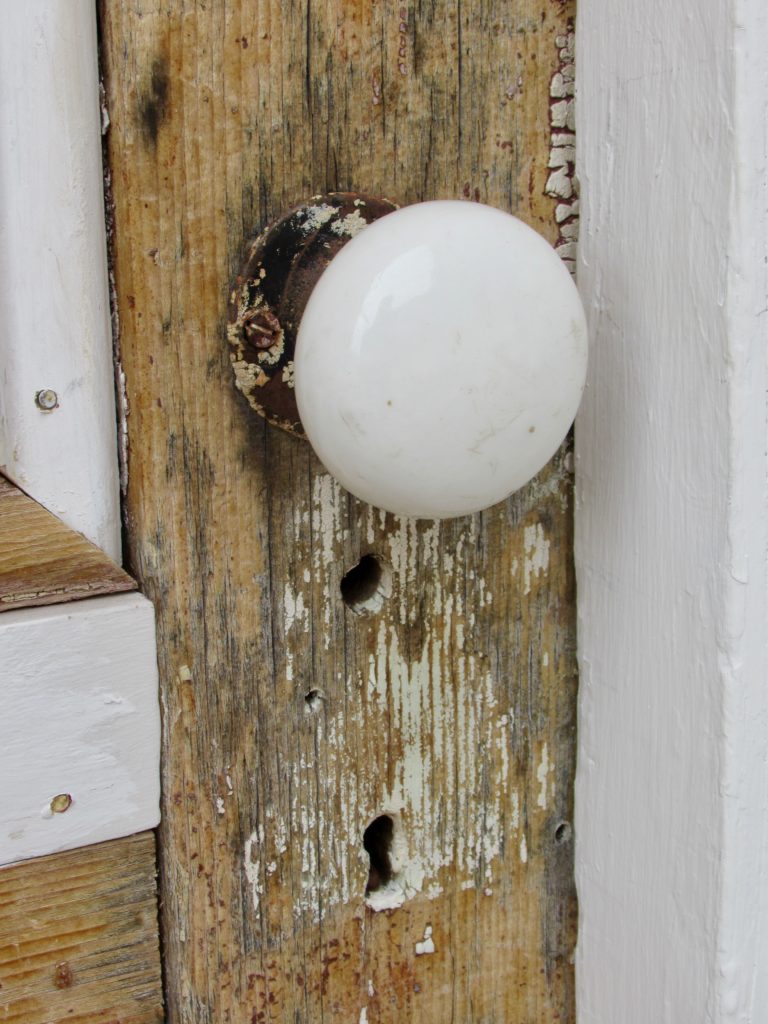
The Beginnings
The ranch was established in the 1860’s, homesteaded by William Wakefield. In addition to a small adobe ranch house and adobe-walled corral, the ranch was situated on 160 acres. William also had a partner – and brother-in-law – in Tucson businessman Edward Nye Fish.
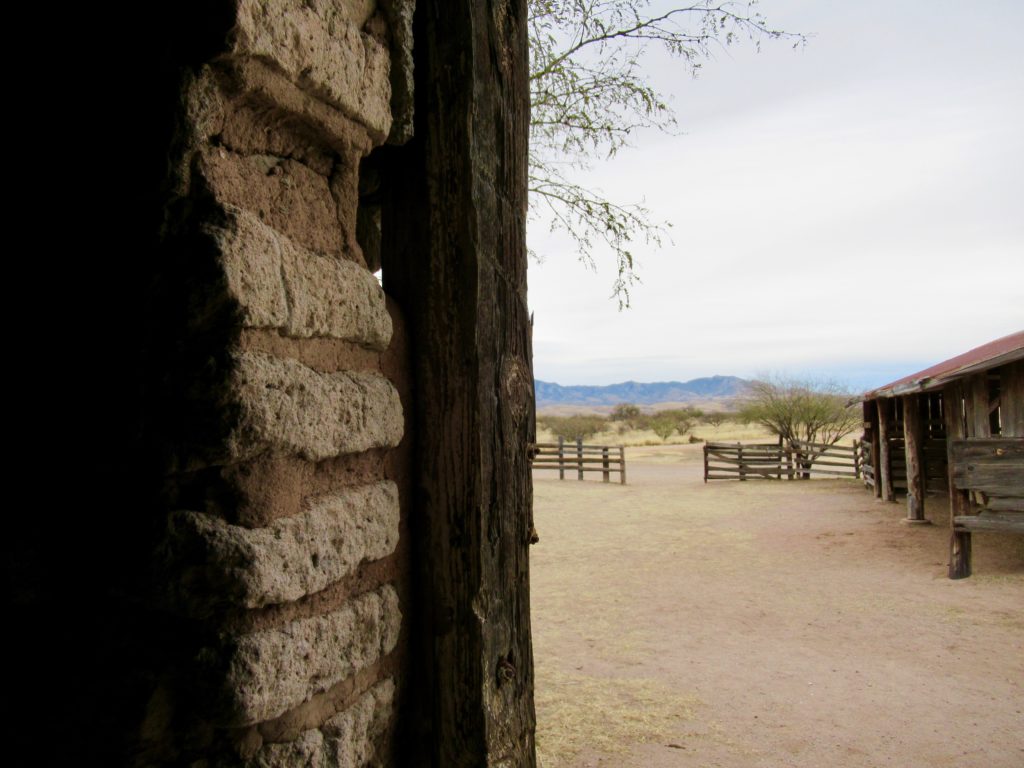
(Photo: Megan Kopp)
The property was sold to Walter Vail for $2000. Vail was a native of Liverpool, Nova Scotia. Canadian ourselves, we smiled at the connection. Walter’s partners in the venture were Englishmen Herbert Hislop and John Harvey. Both partners eventually sold out to Walter.
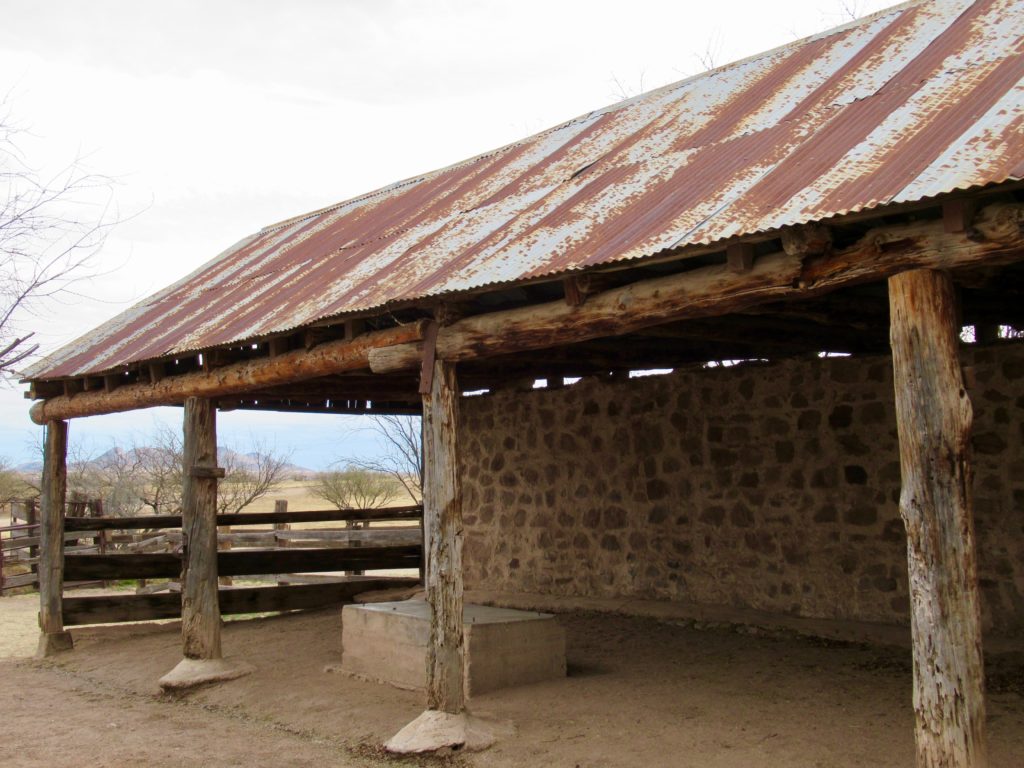
(Photo: Megan Kopp)
The timing was ripe for growth as railroads and mining ventures were bringing droves of people west. Meanwhile, the Total Wreck silver mine was discovered on the north end of the Empire Mountains in 1879. Between 1881 and 1887, the silver mine produced over $500,000 in revenue. The ranch house grew with addition after addition as the property’s fortunes continued to prosper.
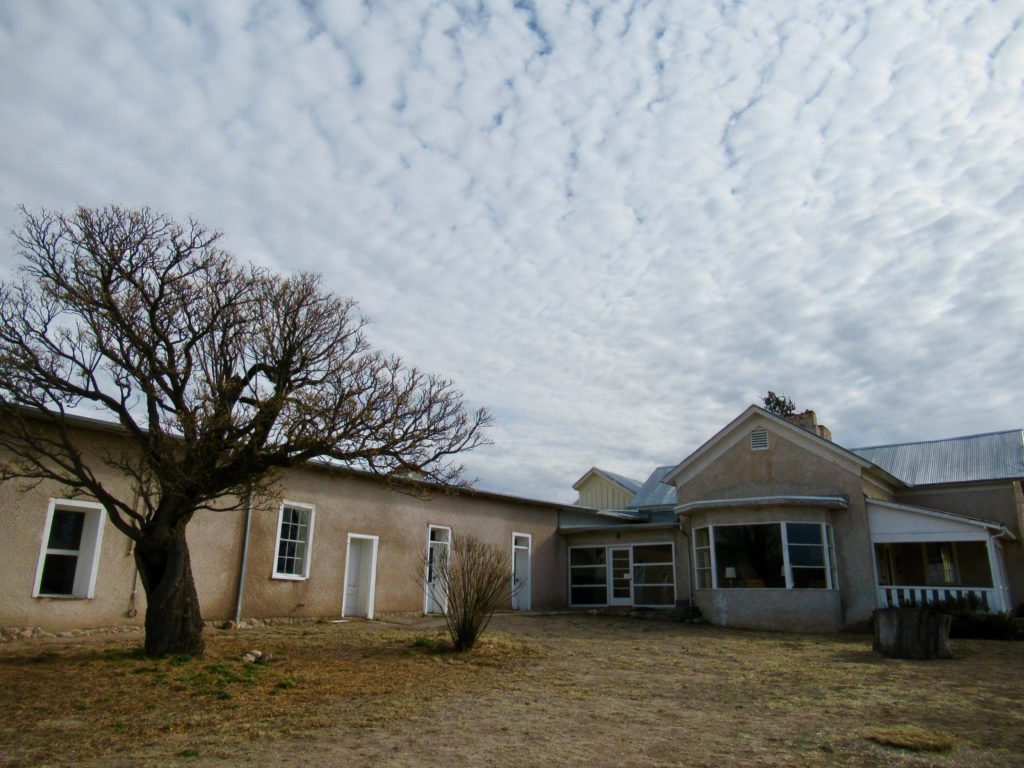
Building Up the Empire
Originally as four-room house made from adobe bricks, the Empire Ranch house was constructed between 1871 and 1874. Approximately four years later, an addition created room for staff and offices.
In 1878, the Victorian addition for the family added six more adobe rooms and a wood-framed children’s wing. The complex contained more than 20 separate rooms. The sprawling headquarters was a hive of activity tasked with managing a property that had grown to over 100,000 acres in size, supporting 15,000 head of cattle.
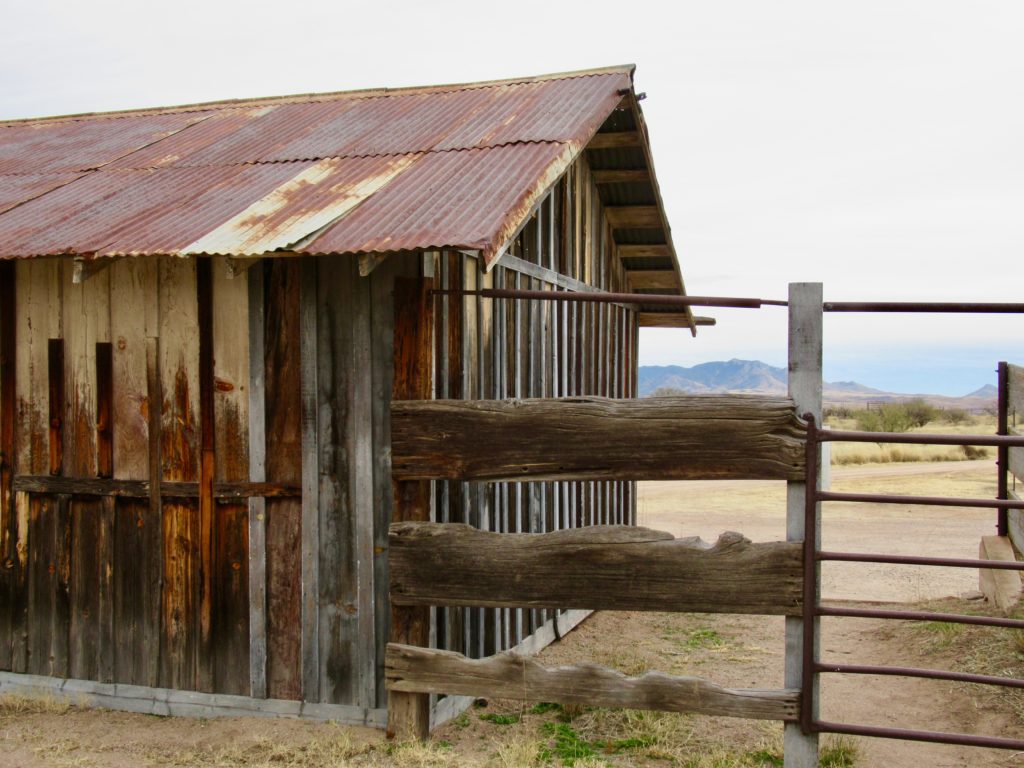
(Photo: Megan Kopp)
We wandered through the Zaguan, or breezeway, that was the only, original entry into original stone corral. However, several white-washed doors lead into multiple rooms off the Zaguan today.
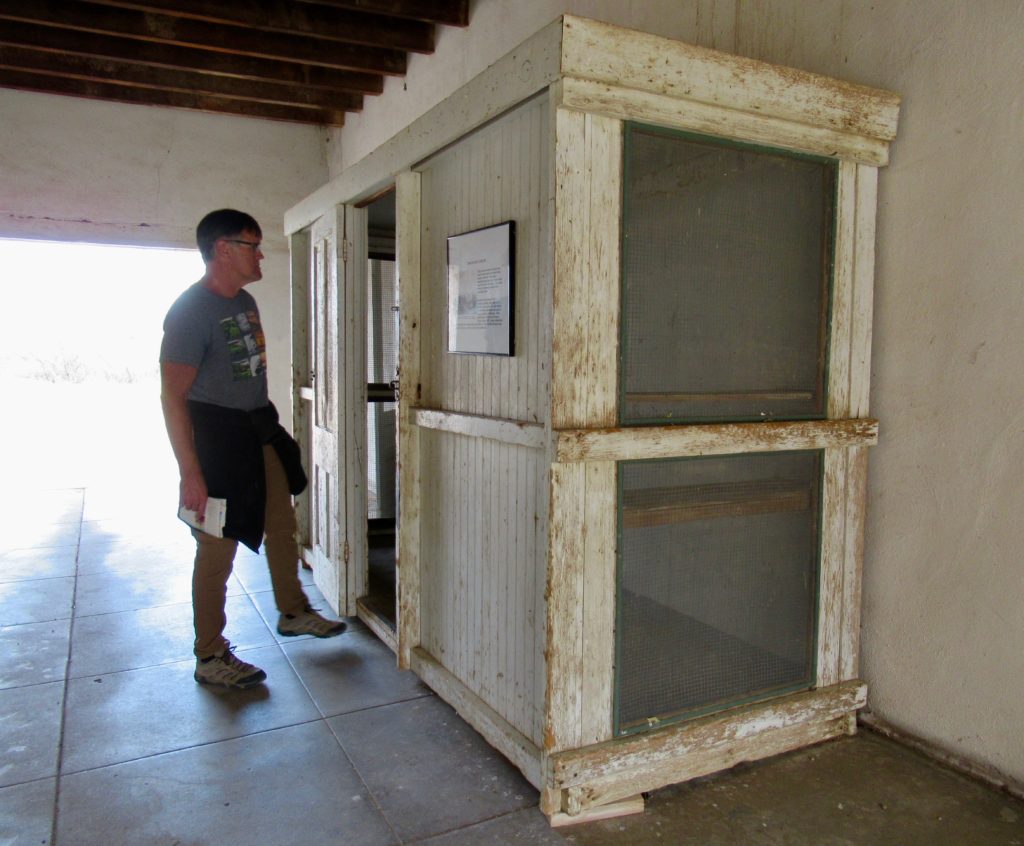
Interpretive displays offer insight into past uses – from bedrooms to offices to storerooms and kitchens (one for the family and one for the cowboys). See if you can find the brands carved into the back of one the doors.
As you exit the breezeway on the south end, look up above and slightly to the left and you’ll see where the original dinner bell once hung. Listen and see if you can hear the echo of it calling cowboys in for a meal of beef, beans and biscuits.
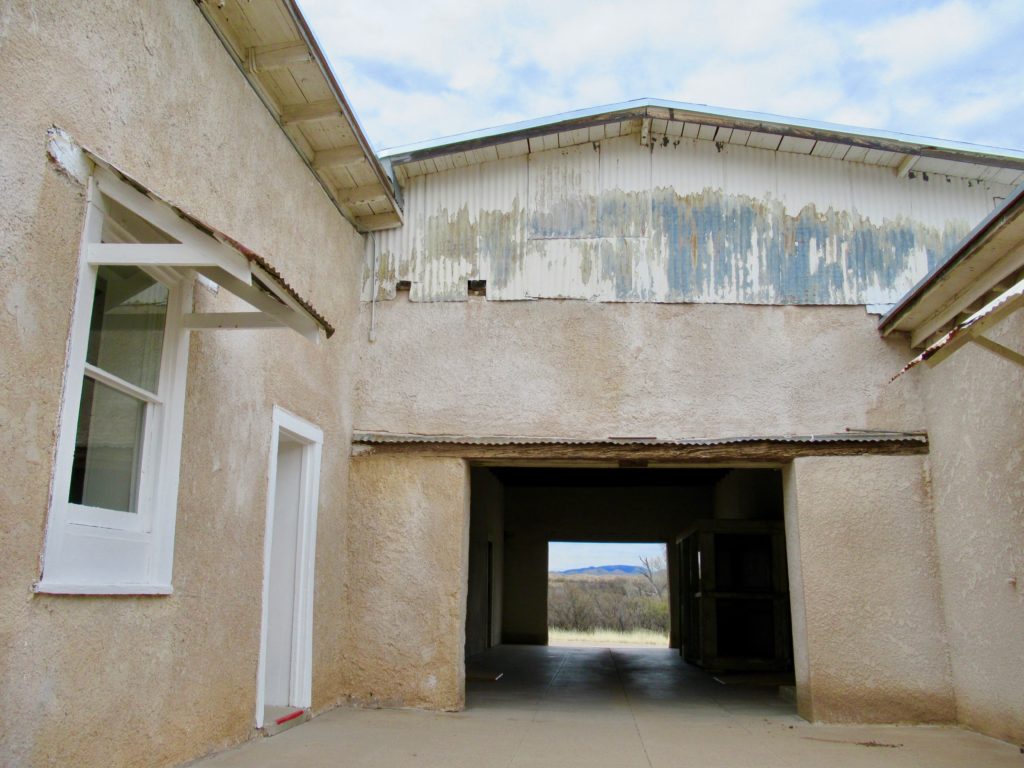
(Photo: Megan Kopp)
Changing Times
After close to 20 years on the ranch, Walter moved his family to Los Angeles in 1896. After that, Walter was unfortunately killed in a streetcar accident in 1906. Son William Banning Vail took over from a company foreman in 1913.
Banning, his wife Laura had their three children – Laura “Dusty”, Tom and Bill. Family played a large role in life on the ranch. Images of Dusty riding a bull, strutting around in new-to-her chaps and generally raising a ruckus with other kids had us in stitches. The Vails lived on the property until it was sold in 1928.
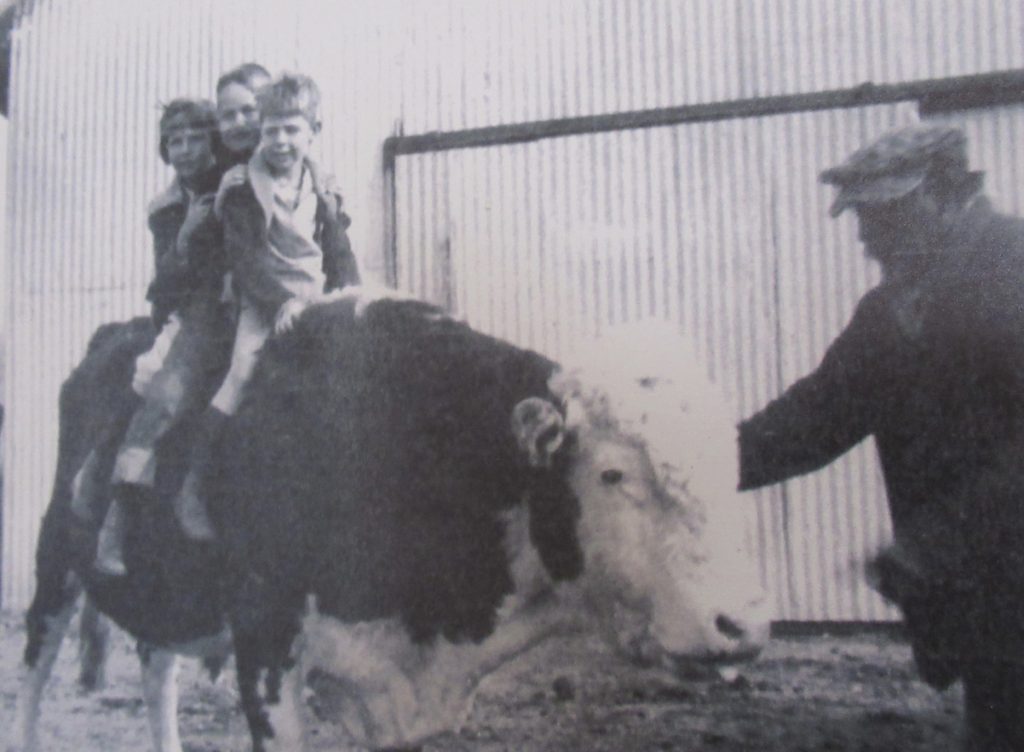
Passing the Torch
In 1928, the Chiricahua Ranches Company (CRC) purchased Empire Ranch. Three of the Boice brothers were partners in the CRC. In addition to being a partner, Frank Boice and his wife Mary moved onto the property in 1929. Their sons, Pancho and Bob, would grow up on the ranch and move into management roles as adults.
Whereas the Vail family added to the overall size of the main ranch house, the Boices helped modernize the home. They piped in propane, followed by natural gas, added a large electric walk-in fridge, upgraded the plumbing and stuccoed the exterior of the home.
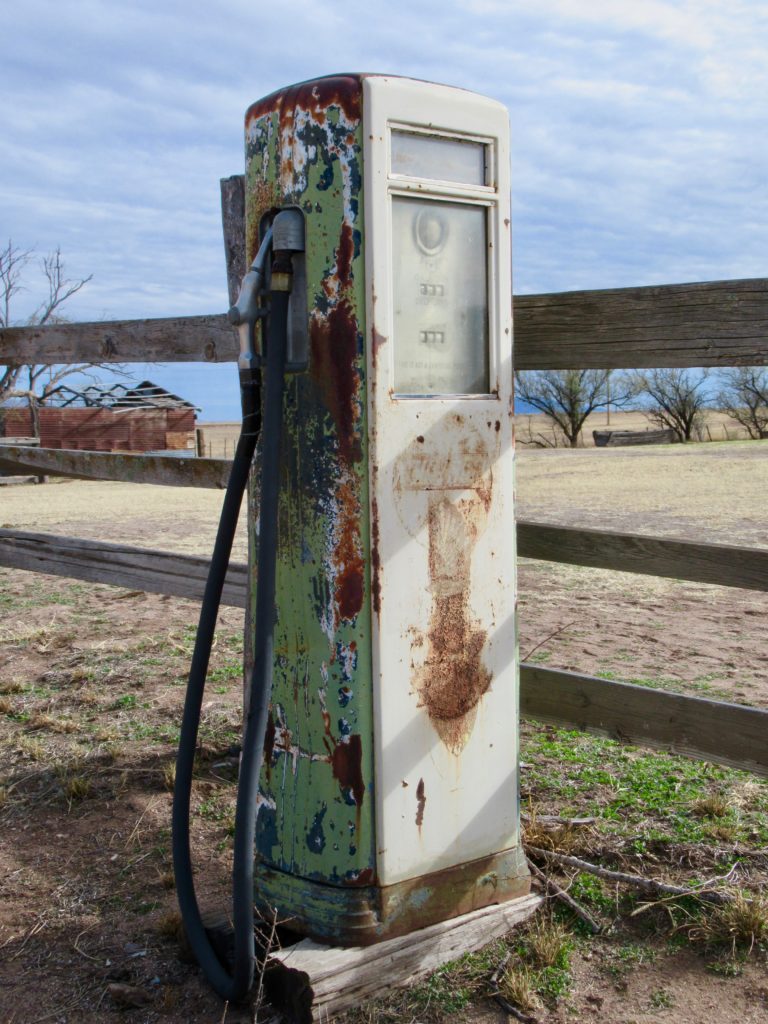
During the Boices tenure on the ranch, Hollywood came knocking. Numerous films and TV shows were shot at Empire Ranch during the 1940s and 50s, including (but not limited to):
- Red River (featuring John Wayne and Montgomery Clift)
- Oklahoma! (starring Gordon McRae and Shirley Jones);
- 3:10 to Yuma (with actor Glenn Ford)
- Gunfight at the O.K. Corral (with Burt Lancaster and Kirk Douglas)
- Televised episodes of Gunsmoke and Bonanza.
Meanwhile, Hollywood’s appreciation of the setting continued into the 1990s.
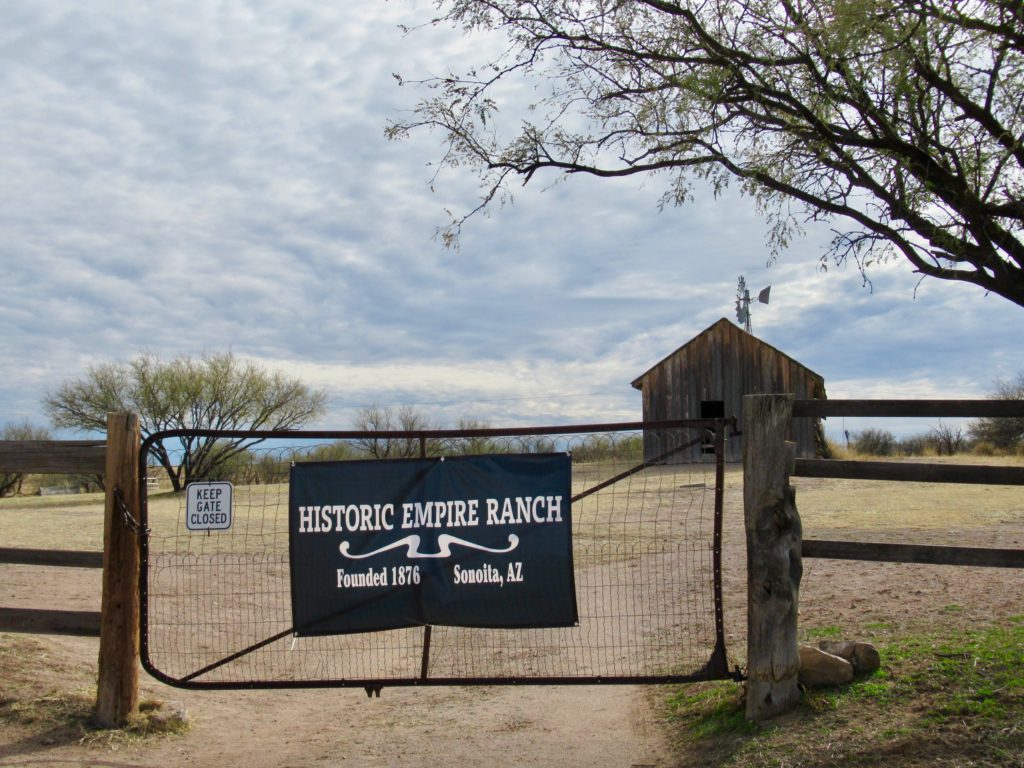
Selling Out
In 1969, the Boices sold the ranch to a corporation which had big plans for a massive residential community development, although Pancho Boice continued to lease and ranch the land for several years. Ownership of the property changed hands, but fortunately the dreams of creating a residential community fell by the wayside.
Creating Las Cienegas National Conservation Area
The 1980s would usher in big changes as public support for preservation of the ranch and its natural resources began to swell. As a result, in 1988 a series of land exchanges made the ranch public property under the administration of the Bureau of Land Management. Twelve years later, the U.S. Congress officially designated 42,000 acres to be Las Cienegas National Conservation Area.
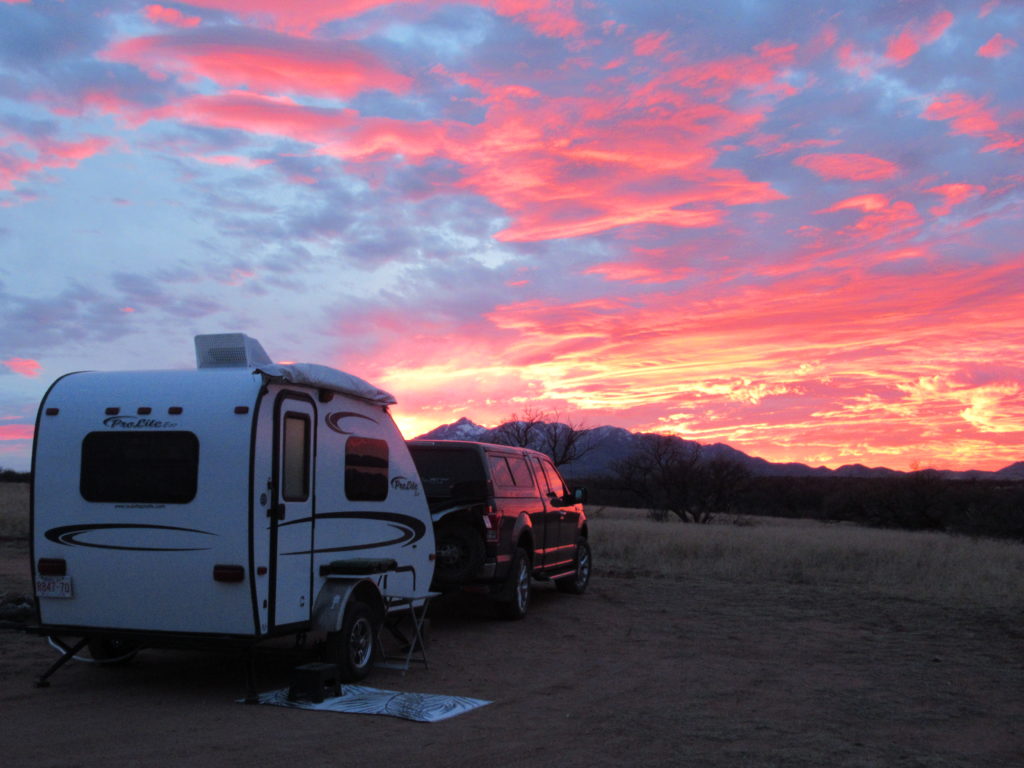
Did You Know? Cienaga means marshland. Las Cienegas National Conservation Area actually spans six different types of ecosystems – including marshland, cottonwood/willow, sacaton grassland, and oak woodlands.
When You Go
To get to Empire Ranch from Tucson, head east on I-10 and take exit 281 to head south on State Route 83 towards Sonoita. Follow this road for approximately 18 miles (29 km). Watch for the brown Historic Empire Ranch sign. Turn left (east) on the paved road between milepost 40 and 39 and follow it for another three miles (4.8 km) to the signed entrance to the ranch headquarters on the left.
Be sure to stop at the Visitor Contact Station in the Huachuca House if it is open and pick up a free copy of the Empire Ranch Walking Tour guidebook. There are also docent-led tours of the Empire Ranch Headquarter every 2ndand 4thSaturday of the month from 11 am – noon. Check for current schedule and list of special events. The Empire Ranch Foundation is a great source of information!
Don’t miss a stroll along the 1/2 mile (0.8 km) Heritage Discovery Trail – accessed at the north end of the Empire Ranch Headquarters near the public washrooms.
Extend your camping trip and include Patagonia Lake State Park (less than 40 minutes south) in your this Southern Arizona adventure!
You might also like to visit Steam Pump Ranch in the Oro Valley just north of Tucson for a little more Southern Arizona ranching history!



Vacationing in AZ in Feb & March, 2020!
There is no shortage of things to do, as I’m sure you’ve discovered Laurene! Enjoy your AZ time.
We just left that area a week ago! Will need to look it up the next time we go through the area! Thanks for sharing! Debbie
Worth adding to the “next time” list, for sure!
Kind comments, Rande! Enjoy your short but sweet stay in the Tucson area and see you soon. Cheers, Megan